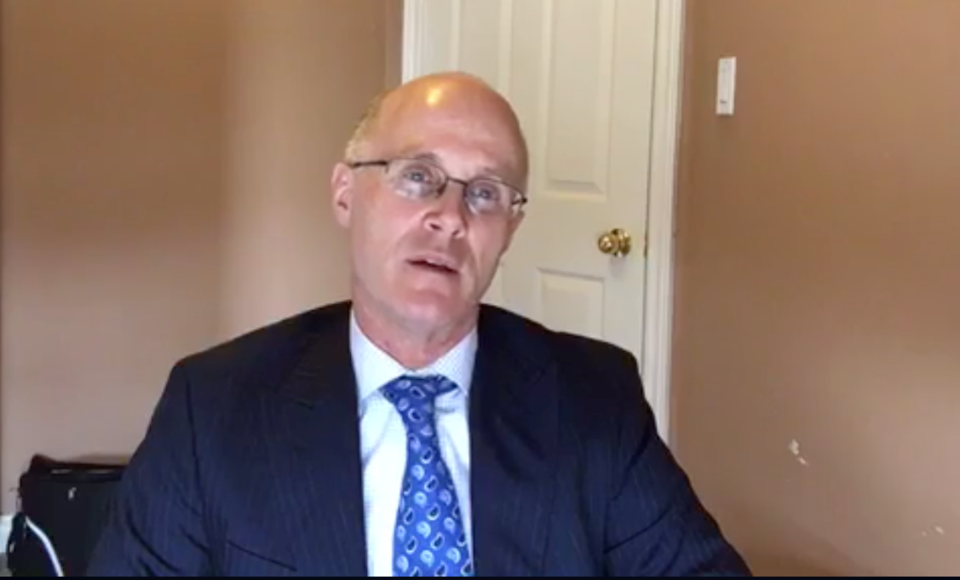The region’s medical officer of health is looking forward to some bigger bubbles.
Social bubbles, that is.
The Simcoe Muskoka District Health Unit's Dr. Charles Gardner says while the province considers relaxing some restrictions and re-opening businesses, the time has also come to consider changes that might have a positive impact on people's mental and social wellbeing.
“I do think there’s room for us to have a little bit more in the way of social contact in our lives,” he said.
Gardner is hoping to see direction from the province that would allow people to expand their social bubbles to include a few people outside of their household.
“The concept that I’m aware of is a social bubble where you extend from your household to the equivalent of another household, or the equivalent of ten people and now you’ve got that many people you can be close with and it’s mutual,” said Gardner. “They stick with you and you stick with them and there’s nobody else that comes in that bubble.”
It’s a concept that’s been put into practice in other countries, including New Zealand.
It would be different than relaxing rules about gatherings; these would be people you don’t necessarily have to stay two metres away from.
“To me, that’s a critical distinction,” said Gardner. “Everybody else you meet outside the bubble you need to be maintaining that physical distancing.”
Though there is a risk in increasing the number of people who have contact with each other, Gardner said it’s a minimal risk and it’s worth it.
“I’m just enamoured with the idea because I think it has great potential to increase the quality of our lives without creating a significant increased risk,” said Gardner. “While we’re opening up businesses, I do think it’s important that we look at the social aspect of our wellbeing.”
The spread of COVID-19 in Simcoe Muskoka region has plateaued, and there’s a “slight incline” in the number of cases of late, he said.
Gardner said the region was able to flatten the curve thanks to public health measures, and compliance with those measures by the general population.
Between March 15 and April 3, when the region’s growth rate was at its steepest, the reproductive rate of the coronavirus was 1.9. That means every single confirmed case of the virus was infecting 1.9 people.
Had that growth rate continued, there would be 6,900 cases of COVID-19 in the region, according to Gardner.
He said it shows the importance and effectiveness of physical distancing, handwashing, and people staying home more often.
There have been 406 cases confirmed in Simcoe-Muskoka Region since early March. Of those, 32 people have died and a total of 47 people have been hospitalized.
Gardner provided a breakdown of the severe cases today for the first time for media.
He said 78 per cent of the region’s hospitalizations were people who also had pre-existing medical conditions, the most common of which was hypertension (high blood pressure), then diabetes (type 2), and also asthma and obesity.
Fifty-five per cent of the region’s hospitalized cases were people aged 65 or older, and 91 per cent of the 32 deaths reported have been people over 65.
There have been 19 deaths of residents from long-term care facilities, and 97 per cent of the people who died as a result of COVID-19 in Simcoe-Muskoka had a pre-existing medical condition of some kind (for 68 per cent of them it was hypertension).



